Acupressure for Beginners
Acupressure’s effectiveness is due to activating specific spots on the body that are known as Acupressure Points. They release stiffness, stress, tension, and pain. It’s easy to learn how to use Acupressure to improve your health and well-being, so let’s get started!
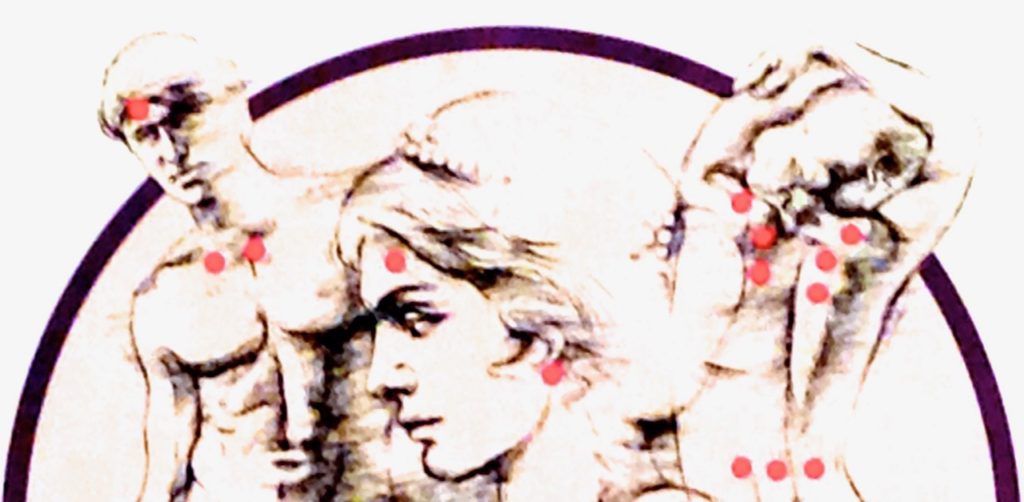
This article will give Acupressure beginners a good understanding of what Acupressure Points are from many perspectives, including how they are used, how to find them, and how to press the Points. You’ll also find information about Acupressure Point names and reference numbers and Acupressure guidelines that help you know how to begin learning Acupressure therapy.
Learning how to use the Acupressure Points will open up a whole world of health and healing for you. It literally puts the power to help yourself and others in your own hands. Pressing the Acupressure Points promotes balance and harmony, and it also just feels good!
Once you are familiar with the basics of learning Acupressure for beginners, you can explore additional material that goes into more detail about the many aspects of practicing Acupressure on the Acupressure Methods & Techniques page and the Advanced Acupressure Instruction page.
Ancient Healing Work Systems
All of the ancient healing systems work with the energy flows that move throughout the body. In Traditional Chinese Medicine, the body’s healing energy is called Qi or Chi. In Japan, the life force is termed Ki, and channeling the healing energy is called Reiki. Yoga practices refer to the body’s life-force as prana or pranic energy.
These terms all relate to the same universal healing energy, which exists in our bodies and our environment and links us to all forms of life. People, plants, and animals – anything that’s alive – all have the life-force flowing in them.
The Acupressure Points are special specific spots on your body that have a high electrical conductivity at the surface of the skin, and thus conduct and channel healing energy most effectively. This is why the most potent healing energy work uses Acupressure Points.
The 12 Meridians of Traditional Chinese Medicine
 The Meridians are the body’s healing energy pathways, and the Acupressure Points lie along them. Acupuncture and Acupressure charts show where these lines flow across all parts of the body.
The Meridians are the body’s healing energy pathways, and the Acupressure Points lie along them. Acupuncture and Acupressure charts show where these lines flow across all parts of the body.
The Acupressure Points are where the vital healing energy can get blocked on the Meridians, and where you can most effectively release the resulting tension, numbness, or pain. As healing energy moves through the Meridians, it governs blood circulation and harmonizes all functions of the body.
Within Traditional Chinese Medicine, these healing Acupressure Points are considered to be gates of the healing energy or life-force, called the Qi or Chi. Acupressure Points and Acupuncture Points have exactly the same locations, uses, and benefits.
There are over 360 traditional Acupressure Points, and most of these are found on both sides of the body, totaling over 700 Points in all. Our bodies are alive with vibrant energy. We can balance and enhance this healing energy with Acupressure.
To learn more about the Acupressure Meridians, listen to the 12 Meridian Visualizations mp3
Energy Blockages at Acupressure Points
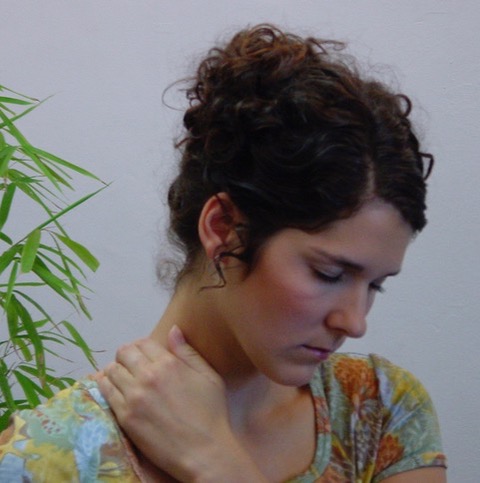 Whether they result from stress, emotional difficulties and trauma, or injuries, energy blockages are the root of all health problems. Your energy flow affects how you feel, how you think, and how you breathe.
Whether they result from stress, emotional difficulties and trauma, or injuries, energy blockages are the root of all health problems. Your energy flow affects how you feel, how you think, and how you breathe.
When the body’s life-force energy becomes blocked, various emotional imbalances and physical symptoms also result. These energy blockages occur at the Acupressure Points. Through a variety of Acupressure methods — ranging from light touch or tapping to steadily holding the points — the body’s life energy is able to flow and rebalance.
Just as negative thoughts can block your energy flow, positive thoughts can increase your healing energy. See the section called For Affirmations further down this page to learn more about combining Acupressure Points with nurturing and healing phrases.
For self-care that teaches you how to use two important Points, the Inner and Outer Gates, here is Relieving Wrist Pain, Carpal Tunnel & Nausea
Acupressure Guidelines for Beginners
Your Setting, Clothing and Food
To achieve the full benefit of Self-Acupressure, you should choose a comfortable, private environment that lends itself to deep relaxation. You can use Acupressure at work, however, if you can take a ten-minute break. Choose whatever position you find most comfortable – either sitting or lying down. As you press Acupressure Points in different areas, feel free to reposition your body so that your muscles can relax completely.
For healing work, you should wear comfortable clothing. Tight collars, belts, pants, or shoes can obstruct circulation. I recommend wearing natural fiber clothing that breathes, such as cotton or wool blends. Also, it’s a good idea to keep your fingernails trimmed fairly short to prevent any discomfort or injury to the skin.
Avoid practicing Acupressure right before a big meal or on a full stomach. Wait at least an hour after eating a light meal and even longer after eating a heavy meal. Practicing a complete Acupressure routine when your stomach is full can inhibit the flow of blood and could possibly cause nausea. However, simply pressing one or two Acupressure points to relieve indigestion or hiccups is perfectly safe.
Avoid iced drinks (especially during the winter months), because extreme cold generally weakens your system and can counteract the benefits of Acupressure. After ending an Acupressure session with a period of deep relaxation, a cup of hot herbal tea would be a good choice.
Self-Acupressure Routines Timing Guidelines
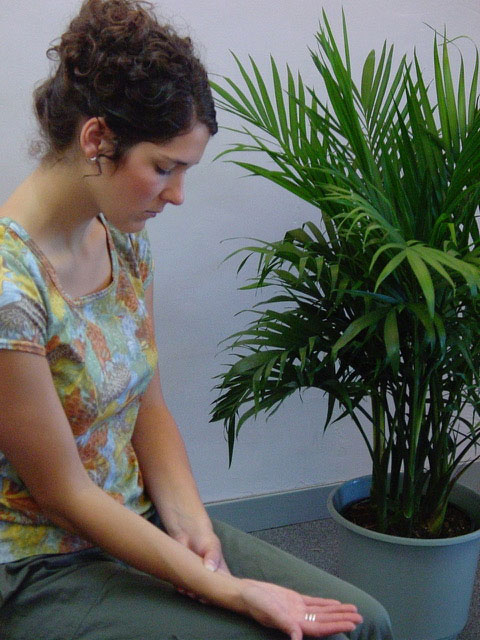 For optimal results, you should perform Self-Acupressure routines daily, whether you are using them to maintain your health or to help relieve an ailment. If you are using Acupressure for the latter reason, continue using these same Points even after you’ve obtained relief. This can prevent recurrence of a symptom.
For optimal results, you should perform Self-Acupressure routines daily, whether you are using them to maintain your health or to help relieve an ailment. If you are using Acupressure for the latter reason, continue using these same Points even after you’ve obtained relief. This can prevent recurrence of a symptom.
If you cannot practice every day, treating yourself to Acupressure Points two or three times a week can still be effective and enjoyable.
If you only have five or ten minutes in the middle of a busy day, it’s still better to do whatever you can to help your health. Usually, it’s better to practice this healing work for about 20 to 30 minutes to get the full benefits.
For a way to promote self-healing when you only have a few minutes, see Acupressure for Relieving Stress & Calming Anxiety, especially the modified version (using just your fingertips) that’s mentioned under the video.
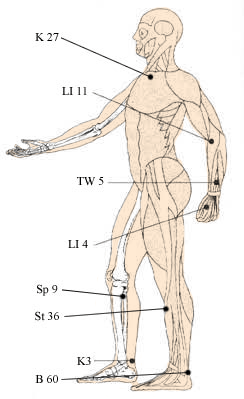 How to Find Acupressure Points
How to Find Acupressure Points
It’s easy to locate and learn the Points. You find them by referring to landmarks on your body, such as the crease between the inside of your wrist and hand, your belly button, or the middle of your breastbone. To help you, each landmark is clearly described, such as “at the bottom of the cheekbone, directly below the pupil.”
The Acupressure Points that are located near a bone structure usually lie in an indentation, or hollow, in the bone. For example, “In the center of the back of the head, in the large hollow under the base of the skull.”
Other Acupressure Points lie underneath major muscle groups. These muscular Points lie within a muscle cord, band, or knot of tension. To stimulate a Point, simply press directly on the cord or into the hollow.
You can learn how when you Discover a Mental Clearing Point
How to Hold Acupressure Points
Most often, you will be holding a Point with your middle finger, either alone or with the index and ring fingers on either side for support. Use prolonged finger pressure directly on the Point. Gradual, steady, penetrating pressure for two to three minutes is ideal.
Each Point will feel somewhat different when you press it. Some Acupressure Points feel tense, while others are sore or achy. How much pressure to apply to any Point depends on where the Point is located and on how muscular you are.
A healing work guideline to follow is that the pressure should be firm enough so that it “hurts good” – that is, something between pleasant, firm pressure and actual pain. When you hold a Point with gradual, steady pressure, you will be able to feel that you’re meeting the tension.
Use light pressure if an Acupressure Point is very tender and sore, or if it is on a sensitive area of the body, such as the back of the knee or hollow below the ears.
It’s important to both apply and then release your finger pressure gradually, as this balanced approach promotes healing and is more effective.
Sometimes you don’t use your fingers to press the Points. For an example that uses the heels of the hands instead, check out Awaken Sexual Energy with Acupressure Arousal Points
This will introduce you to one of the many benefits of Acupressure — it can be used to enhance Sexual Healing, Pleasure & Intimacy
To explore a more in-depth discussion of how to hold Acupressure Points, check on the Acupressure Methods & Techniques page for these healing work topics:
- Basic Acupressure Methods & Acupressure Techniques
- How Much Pressure to Use
- Deep Breathing Acupressure Method
Acupressure Point Names
As Acupressure evolved, each of the Points was named poetically with a Chinese character. The imagery of its name offers insight into either a Point’s benefits or location. For instance, the name Hidden Clarity refers to the mental benefit of that Acupressure Point: it clears the mind.
Shoulder’s Corner refers to the Point’s location. The Three Mile Point earned its name because it gives a person an extra three miles’ worth of energy. Runners and hikers have used this famous Point to increase stamina and endurance.
For Meditation: Some of the names of the Acupressure Points also serve as a powerful meditation tool. By pressing a Point and silently repeating its name, while you visualize its benefit and breathe deeply, you can realize the full potential power that each Point offers.
Try this: hold the Sea of Vitality Points in your lower back by putting your hands on your waist, then sliding your thumbs toward your spine and pressing them on the large muscles that run up and down alongside your spinal column.
Next, breathe deeply and visualize each breath replenishing your deep reservoir of vitality. Use the power of your mind to strengthen or help heal your lower back. Feel the energy flowing in your body.
For Affirmations: You can create affirmations with the names of the Acupressure Points. These are powerful action statements that amplify a Point’s benefits. For example, hold the Letting Go Point on the upper, outer chest, a few inches below your collarbone, with your fingertips. Breathe deeply. Imagine yourself letting go of tension and frustration.
As you hold and breathe into this Acupressure Point, repeat a healing phrase to yourself, such as “I am now letting go of all negativity and stress. I am calm.”
To learn more about using Acupressure to address emotional issues, here are the Acupressure for Emotional Healing book and the Touching Emotions video.
Acupressure Point Reference Numbers
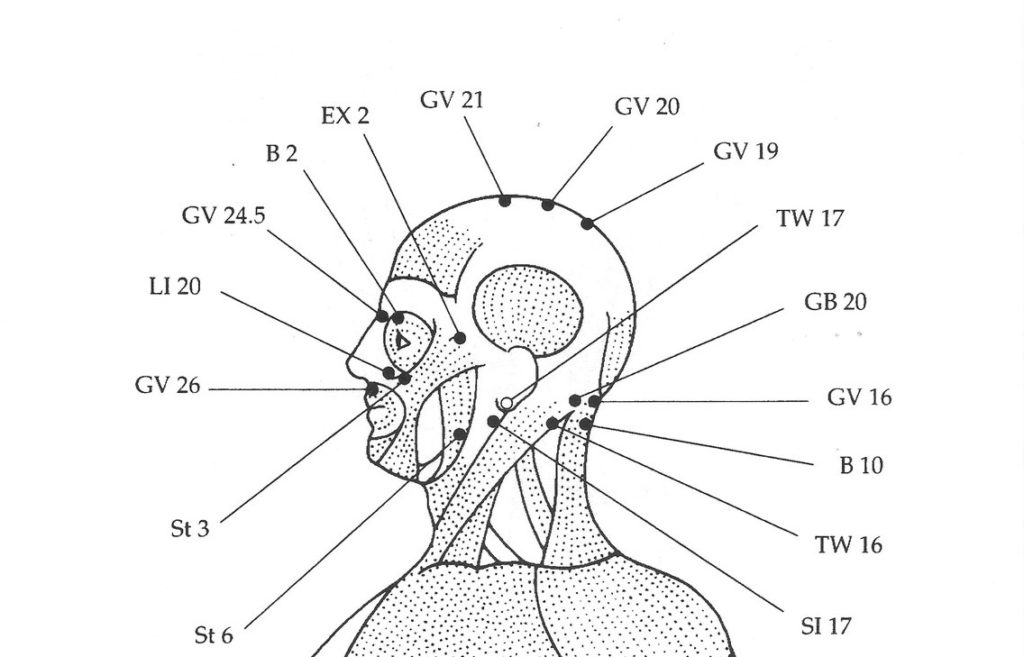 In addition to its name, each Point was also assigned an identification number to track its placement along the body. Acupressure Point location numbers, such as St 3 or GV 26 or GV 20, are the standard referencing system used professionally for Acupressure Training and Acupuncture, and so I use them as an additional label too.
In addition to its name, each Point was also assigned an identification number to track its placement along the body. Acupressure Point location numbers, such as St 3 or GV 26 or GV 20, are the standard referencing system used professionally for Acupressure Training and Acupuncture, and so I use them as an additional label too.
You do not need to know or remember any of these numbers to practice the Self-Acupressure techniques you will be learning on this website.
To see how these Reference Numbers are used in a healing work routine, see Tinnitus: Acupressure Points for Ringing in the Ear
Healing Energy Work Uses Acupressure Points
Acupressure Therapy can be combined with various other health care methods and energy work, creating a more complete treatment. By transmitting Qi healing energy with Acupressure, many kinds of transformational healing work are enhanced.
Trained Acupressure practitioners find that they can easily integrate the use of Acupressure Points with other healing work modalities. For example, Acupressure works well with Chiropractic Care, Reflexology, Massage Therapy, Qi Gong, Reiki, Therapeutic Touch, Guided Imagery, Asian Bodywork Therapy, and Energy Psychology (tapping the Acupressure Points).
Learn an easy healing energy Qi Gong routine with the Less Stress: Breathing Exercises Video
Acupressure Training for Beginners
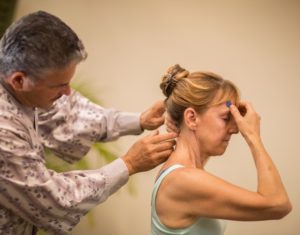 You can also take advantage of our Acupressure Online Trainings, where you’ll find clear instructional videos to help you learn over 60 major Acupressure Points — their locations, benefits, and how to use them.
You can also take advantage of our Acupressure Online Trainings, where you’ll find clear instructional videos to help you learn over 60 major Acupressure Points — their locations, benefits, and how to use them.
To learn Self-Acupressure for relieving common ailments, go to Acupressure Self-Care Solution
For Professional Acupressure Trainings, go to the extensive online programs at Acupressure Mastery and the Acupressure Training Circle
Learn Acupressure for Yourself & Others
Welcome to the wonderful world of healing with Acupressure! You will find that the benefits are unlimited. I encourage you to explore and experiment with the Acupressure Points you’ll find throughout this site. You can learn many ways to help yourself — and your friends and family — so you all can release energy blocks and enjoy improved health.
You can also check out the best-selling Acupressure’s Potent Points book. This basic reference for common complaints is a practical Self-Acupressure guide. It’s full of photos and drawings of the Points to make it easy to learn how to use Acupressure.
